To the unaided eye, the world looks like a pretty clean place to live. Sure, there’s a bit of dirt and mud here and there, and the occasional spot of garbage, but for the most part, everything seems more-or-less hygienic. In fact, we tend to adopt an ‘out of sight, out of mind’ attitude towards cleanliness; if there isn’t any visible dirt or grime on our skin, then we assume that we’re probably OK.
Unfortunately, that’s not how the world works.
Oftentimes, we don’t think about the grime that we can’t see, but these germs and bacteria are a part of everyday life. According to a 2015 study, the average American household contains more than 2,000 different species of fungus, and approximately 7,000 species of bacteria. And the other places that we frequent throughout the day aren’t faring any better. It’s been suggested that common office objects such as computer keyboards, telephone receivers, mouse devices, and even desk surfaces contain more harmful bacteria than public restroom toilet seats. And schools are even worse.
Contents
Skin: The Thin Fleshy Line
The point is that the world is covered in bacteria and germs, and unless you live in a vacuum-sealed containment suit, the only thing keeping those microscopic nasties from setting up shop inside your body is your skin. It does this by forming a barrier of close-knit cells (called keratinocytes) too dense to allow bacteria to pass through, effectively creating a ‘shield’ against infection. It also secretes an oily substance called sebum, which helps keep the skin moist and healthy, and raises the skin’s acidity to the point where many kinds of harmful bacteria are unable to survive. Should harmful bacteria penetrate the surface of the skin, langerhans cells release chemicals that signal to white blood cells that an infection is imminent, so that the immune system can take care of the problem before it becomes too severe. But while skin generally does a fair job at keeping the most harmful intruders at bay, it’s far from perfect. A number of factors can have an impact on how well your skin fights off infection, such as temperature, diet, and personal hygiene.
Hygiene Down the Drain
Among the steps that you can take to help minimize the chances of viral and bacterial infection, good hygiene may be the most simple and the most effective. With little more than soap, water, and about thirty seconds of scrubbing, you can reduce the spread of germ by up to 80%. But despite how uncomplicated the process is, most of us just aren’t aren’t doing our part. A study performed by Michigan University found that only 5% of people wash their hands properly. The rest are either not washing correctly, not washing long enough, or simply not washing at all. And, if so many people are coming up short when it comes to keeping their hands clean, just think about how much less often we wash our faces.
Face the Facts
Most of us think of face washing as a normal part of most morning/evening routines. However, the truth is that a large number of individuals neglect to wash their faces as they should. For example, gentle facial exfoliation is a proven method by which deep-seated bacteria and dirt—the kind that is very difficult to be removed with soap and water alone—can be eliminated during washing. Despite this, a large percentage of the population forgoes regular exfoliation. In fact, only about 50% of women wash their faces regularly, and as many as 80% fail to wash their faces properly. In all likelihood, this is because most of us just don’t understand the importance of facial hygiene. Keeping a clean face is important for a number of reasons—here are a few of the most relevant:
- You touch your face. You use your hands to touch the rest of the world, and as we covered above, the world is filthy. But even if you are careful to wash your hands regularly throughout the day, there’s a good chance that you’re still touching your face in between. The average person touches his or her face approximately 16 times per hour, and when they do, it gives any germs and bacteria on their hands a free ride over to their faces. As such, if you don’t make it a point to wash your face regularly, you’re allowing all of that nastiness to thrive unhindered.
- Your face touches other objects. Most of us aren’t pressing our cheeks down against computer keyboards, or flushing toilets with our chins (we hope), but there are still a large number of bacteria-ridden objects that come into direct contact with our faces throughout the day. Perhaps the biggest culprits are cell phones, which have been known to carry 8,000 times as many CFUs (colony forming units) as the average bathroom door handle. But other objects, such as shaving razors, dirty washcloths, clothing, glasses, and even pillowcases can all transfer harmful bacteria.
- Your face leads to the inside of your body. As we’ve already addressed, one of the most effective defenses you have against infection is the relative impenetrability of human skin. Of course, none of that accounts for much when there are spots on your body that provide direct access straight into your insides. Areas such as the nose, mouth, ears, and eyes are all openings where bacteria can set up shop and really get to work. And while these areas do have their own defenses, they’re still not nearly as effective at preventing infection as skin is. When you get bacteria on your face, it’s one step closer to getting inside your body.
- Your face is a prime spot for acne. Acne is the most common skin condition in the United States, affecting adolescents and adults alike. And while there are ways to quickly deal with acne outbreaks, preventing pimples and blackheads before they appear is generally the best policy. The skin of the face—particularly around the nose, cheeks, and forehead—is one of the highest-risk areas on the body for acne outbreaks. Regular, gentle washing of the face can help remove excess sebum oil and dead skin cells (both of which play integral parts in clogging pores and producing pimples), and can also assist in eliminating bacteria that can further aggravate unpleasant skin conditions.
How to Wash Your Face
If you’re making a point to wash your face both morning and night, then you are already on your way to cleaning, healthier skin. Still, there is a right way to go about doing it, and a way that’s not quite as right. When it comes to basic face washing, here are the steps you should be taking:
- Wash your hands. Don’t just assume that by washing your face, you’ll also be getting your hands clean. Before you bring your palms up to your cheeks, make sure that your hands have been thoroughly washed with soap. Otherwise, you may just be driving grime and bacteria deeper into your facial pores as you scrub.
- Splash your face with lukewarm water. Get your face nice and wet, and make sure that you don’t go too extreme in either direction with the water temperature, as doing so can cause damage to your skin.
- Apply cleanser. Use a high-quality, specialized cleanser, and apply it to your face using your fingertips. Avoid mesh sponges and washcloths, as these can carry bacteria, and may also be harsh enough to cause direct damage to your skin.
- Wash. Using a silicone facial brush, gently scrub your skin, being careful of sensitive areas, such as around the eyes.
- Rinse with lukewarm water. Most cleansers work by trapping grime and bacteria within the soap, making it easy to wash away. So, leaving any of the now-bacteria-infused cleanser on your face is a bad idea. Wash away any residual soap, until there is only clean water left on your face.
- Pat dry with a clean, soft towel. Once again, don’t scrub. Just pat your face until it is dry.
- Apply moisturizer, if necessary. If you have dry or itchy skin, dab moisturizer onto your face, and then use your fingers to gently massage it into your skin.
Face-Washing tips
Everyone’s face is different, and so is their skin. That having been said, there are a few face-washing tips that are good to keep in mind, no matter who you are. After all, you’re washing your face to help keep it (and the rest of your body) healthy; you don’t want to risk messing up and actually causing more problems for yourself in the process. Here are five tips to keep in mind when washing your face:
- Be regular, but not too regular. Beyond the basic morning/night face washing, it can be tempting to want to wash your face all throughout the day. But while washing your face every time you wash your hands is an effective way to reduce the risk of bacterial infection, it can also cause damage to your skin. The skin of the face is much more sensitive than the skin of the hands, so doing your best to not scrub it too often, or too abrasively, will help it retain its youthful appearance. On the other hand, if you have a large amount of dirt, grease, or grime on your face (such as after eating a messy meal, or sweating from exercise), then you should wash it off as soon as possible.
- Don’t wait to apply moisturizer. In order for moisturizer and other treatment products to effectively seep into your skin, you should apply them directly after washing your face, while your skin is still damp. Otherwise, you’ll just be wasting it on the surface where it can’t do as much good.
- Keep your hair out of the picture. Hair generally has a certain amount of oil and bacteria in it. This is OK, as the presence of oil helps keep hair healthy and shiny. Unfortunately, that same oil can have a negative effect on the health of your skin. When washing your face, tie your hair back, put it under a shower cap, or do whatever else you have to to keep it out of your face. Otherwise, you risk contaminating your just-washed face within seconds. Keep your hair out of the way until your face is completely dry.
- Avoid bar soaps. A bar of soap may seem good enough for face washing, but it simply is not. Regular soap is much harsher than facial cleansers, and has a tendency to dry out sensitive facial skin. Use a facial cleanser specifically designed for your cleansing routine, and you’ll have better results all around.
- Completely remove your makeup before bed. Makeup can be difficult and time consuming to apply, but that doesn’t mean that it’s OK to cut corners when it comes time to retire for the night. By leaving makeup on while you sleep, you run the risk of clogging pores, causing irritation, or even falling victim to infection. Your skin is designed to repair and lubricate itself while you sleep, but makeup gets in the way of this natural process. So, be sure to completely remove any of the day’s makeup before you call it a night.
The Neverending Battle
Of course, for many, the real difficulty in maintaining a clean and healthy face has less to do with proper form than it has to do with commitment. After all, neglecting to wash your face before bed once or twice really won’t have any obvious impact on your overall skin health (beyond possibly giving you a pimple or two). However, when those one or two times become habit, and you find yourself skipping obligatory face-washing sessions more and more often, your skin really will suffer. Do yourself a favor, and make it a point to always remember to wash your face, and to remember to wash it the right way. After all, the world may be covered in bacteria, but that doesn’t mean that you face should be too.
For information on how to control oily skin, click here.
Disclaimer: The information on this website and any related links are for general informational purposes only and should not be considered a substitute for professional advice. Do not use the information on this website for diagnosing or treating any medical or health condition. If you have or suspect you have a medical problem, contact a professional healthcare provider.


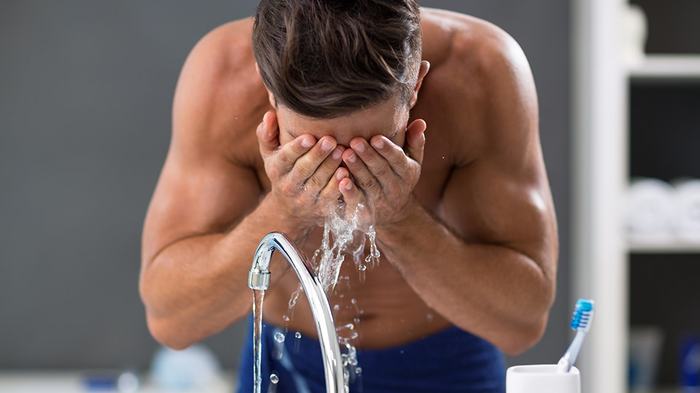
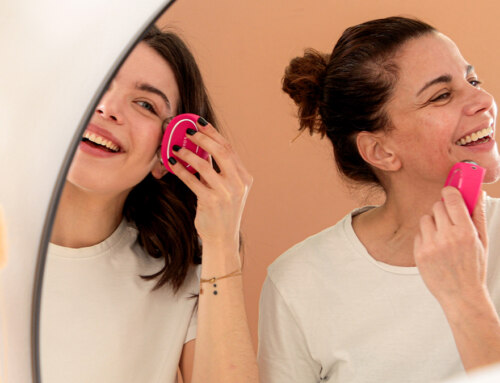
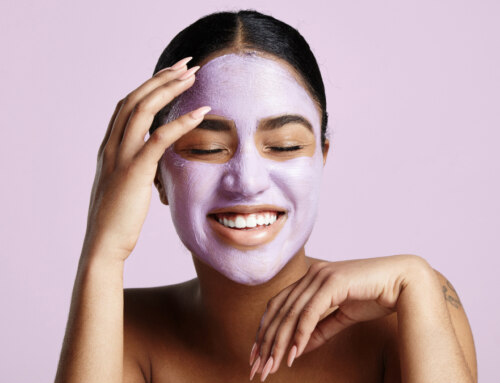
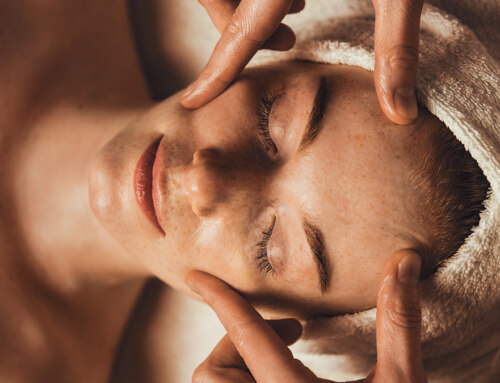

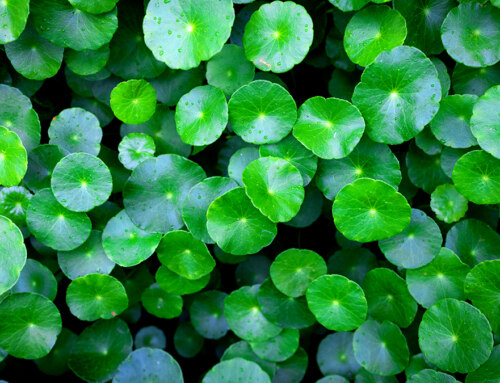
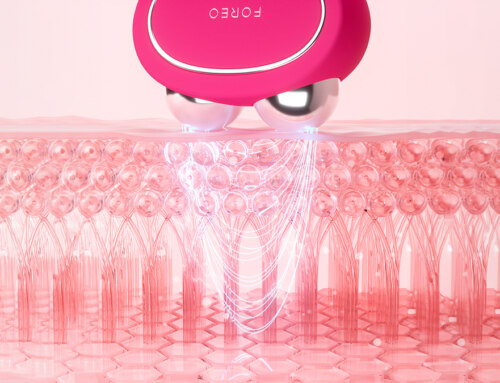

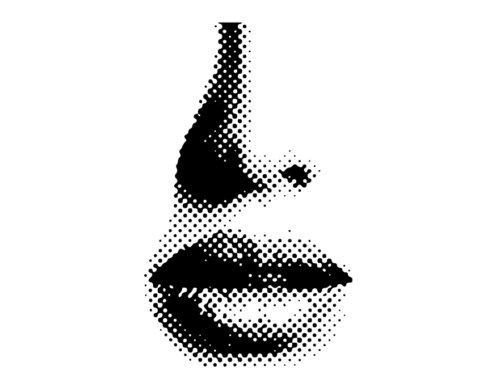
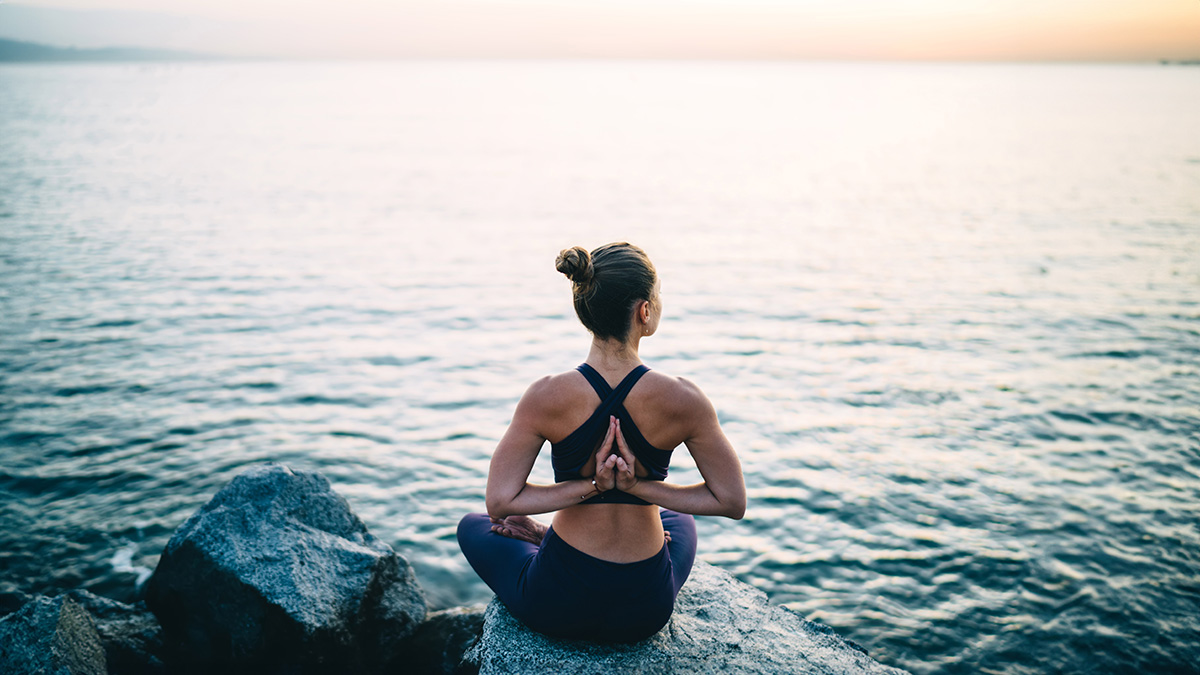




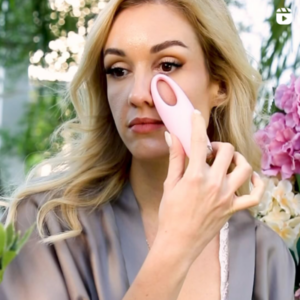

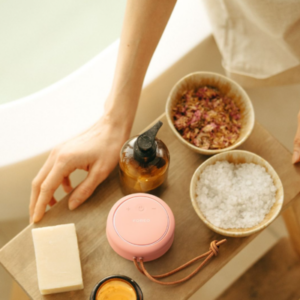


I have had a foreo plus play for a little over a month. I love it!!! Used clarisonic prior.. This was a affordable foreo & so glad I purchased it. I like the size also! Also is so portable! Please keep the smaller more affordable model. Only improvement would be a timer but know you have that on more expensive models. Thank you!
We are so happy to hear this Janet! Thank you! :)
All you said are true. Sometimes taking care of my face is hard for a busy person like me. Thanks for the advice!
Dear Peter, thank you for sharing! We hope this article helped in finding your perfect skincare routine!